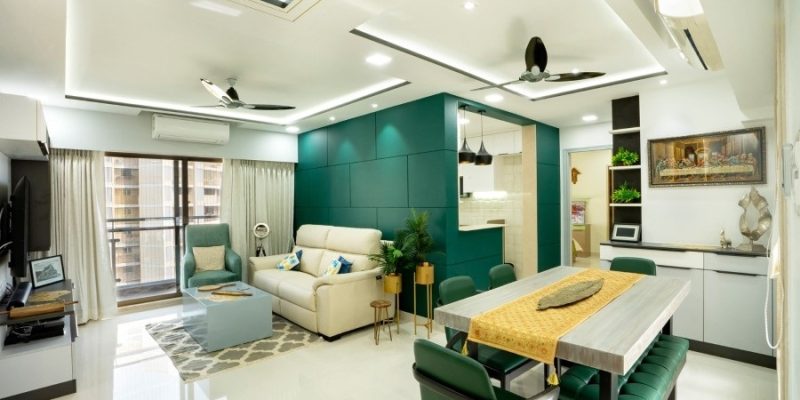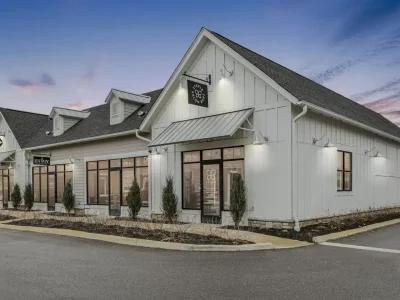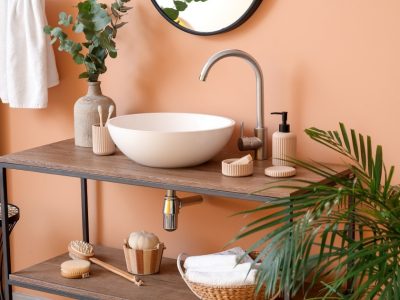In an era where sustainability is at the forefront of global concerns, eco-friendly home upgrades have become an essential part of modern living. By making sustainable choices, homeowners can reduce their environmental impact, lower energy costs, and create healthier living spaces. This article explores various eco-friendly home upgrades that make sustainable living easy and accessible.

Benefits of Eco-Friendly Home Upgrades
Environmental Impact
One of the primary benefits of eco-friendly home upgrades is the positive impact on the environment. By using sustainable materials, reducing energy consumption, and minimizing waste, homeowners can significantly decrease their carbon footprint.
Cost Savings
While the initial investment in eco-friendly upgrades may be higher, the long-term savings are substantial. Energy-efficient appliances, water-saving fixtures, and renewable energy sources reduce utility bills and maintenance costs over time.
Health and Well-being
Eco-friendly home upgrades often lead to healthier living environments. Using non-toxic materials, improving indoor air quality, and reducing exposure to harmful chemicals can enhance overall well-being.
Sustainable Home Improvement Ideas
Energy-Efficient Appliances
Smart Thermostats
Smart thermostats are a great way to manage energy consumption efficiently. They learn your schedule and adjust heating and cooling settings automatically, ensuring your home is always at the optimal temperature without wasting energy.
LED Lighting
Switching to LED lighting is one of the simplest and most effective eco-friendly home upgrades. LEDs use significantly less energy than traditional incandescent bulbs and have a much longer lifespan, reducing both energy costs and waste.
Renewable Energy Sources
Solar Panels
Installing solar panels is an excellent way to harness renewable energy and reduce reliance on fossil fuels. Solar power can significantly lower electricity bills and, in some cases, even generate income through excess energy production.
Wind Turbines
For homes in windy areas, small wind turbines can be a viable renewable energy solution. They can provide a significant portion of a household’s energy needs, contributing to lower energy costs and reduced environmental impact.
Water Conservation
Low-Flow Fixtures
Low-flow faucets, showerheads, and toilets are designed to use less water without sacrificing performance. These fixtures can reduce water consumption by up to 60%, leading to lower water bills and conservation of this precious resource.
Rainwater Harvesting
Rainwater harvesting systems collect and store rainwater for various household uses, such as irrigation and flushing toilets. This reduces the demand on municipal water supplies and promotes sustainable water management.
Sustainable Building Materials
Recycled and Reclaimed Materials
Using recycled and reclaimed materials for home construction and renovation reduces the demand for new resources and minimizes waste. Options include reclaimed wood, recycled metal, and repurposed bricks.
Non-Toxic Paints and Finishes
Traditional paints and finishes often contain harmful chemicals that can affect indoor air quality. Opting for non-toxic, low-VOC (volatile organic compounds) paints and finishes creates a healthier living environment.
Indoor Air Quality
Air Purifiers
High-quality air purifiers can significantly improve indoor air quality by removing pollutants, allergens, and toxins. This is especially important in urban areas where outdoor air quality may be compromised.
Green Plants
Incorporating indoor plants into your home decor not only adds aesthetic value but also helps purify the air. Plants like spider plants, snake plants, and peace lilies are known for their air-cleaning properties.
Conclusion
Eco-friendly home upgrades are an investment in a sustainable future. By incorporating energy-efficient appliances, renewable energy sources, water conservation measures, and sustainable building materials, homeowners can create environmentally friendly and cost-effective living spaces. These upgrades not only reduce environmental impact but also contribute to healthier, more comfortable homes. Embrace sustainable living with these easy and effective home improvement ideas.








Comments